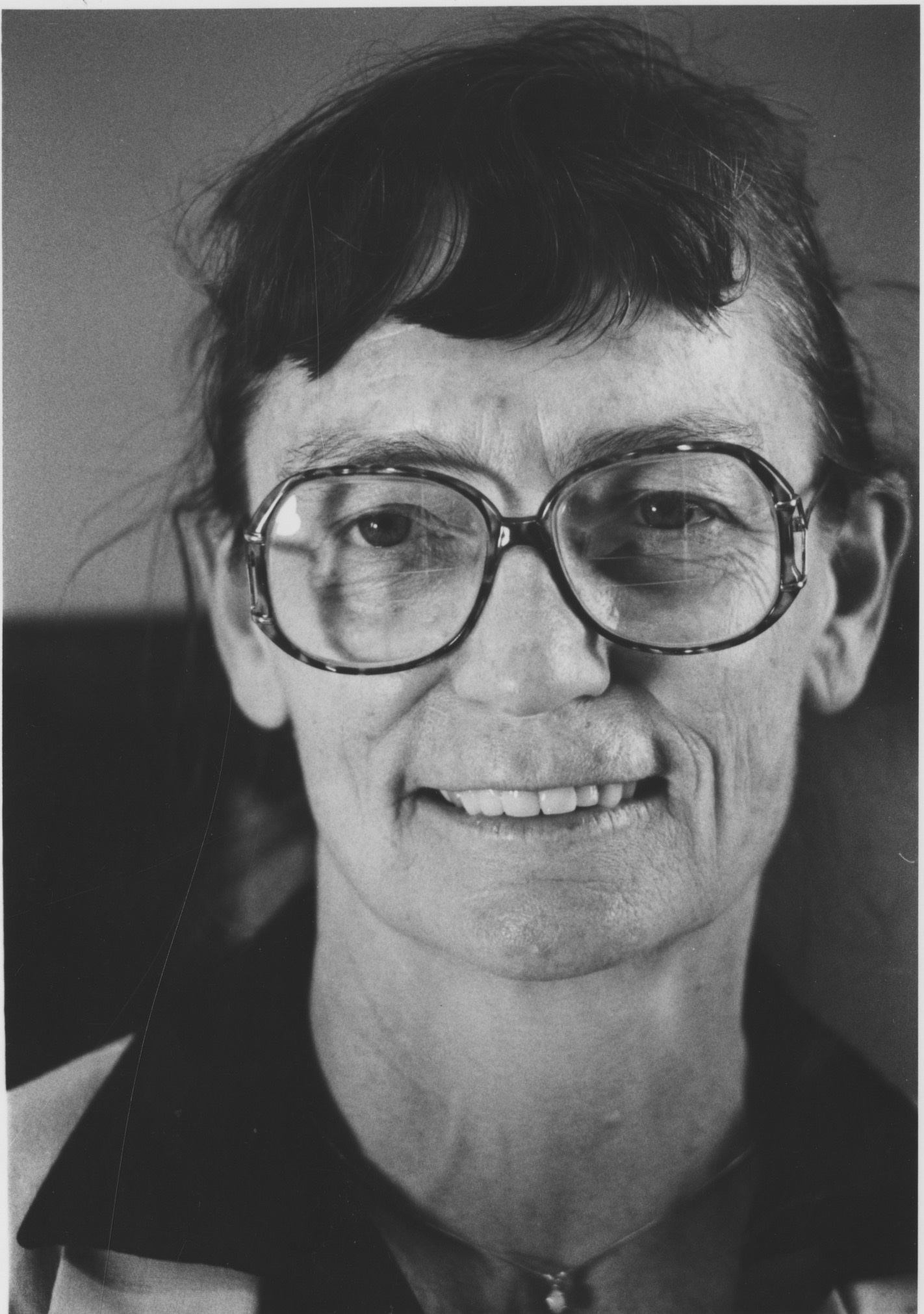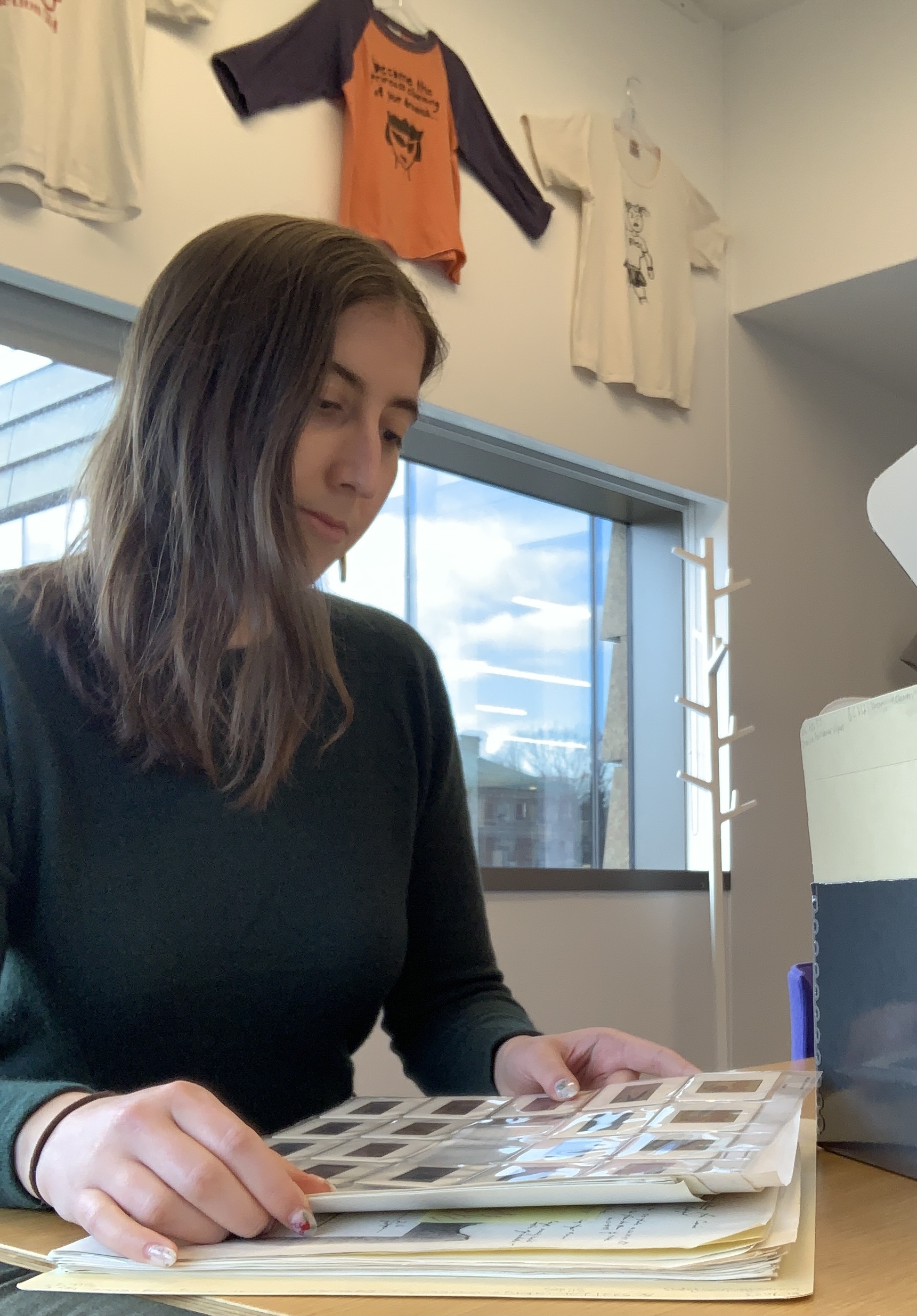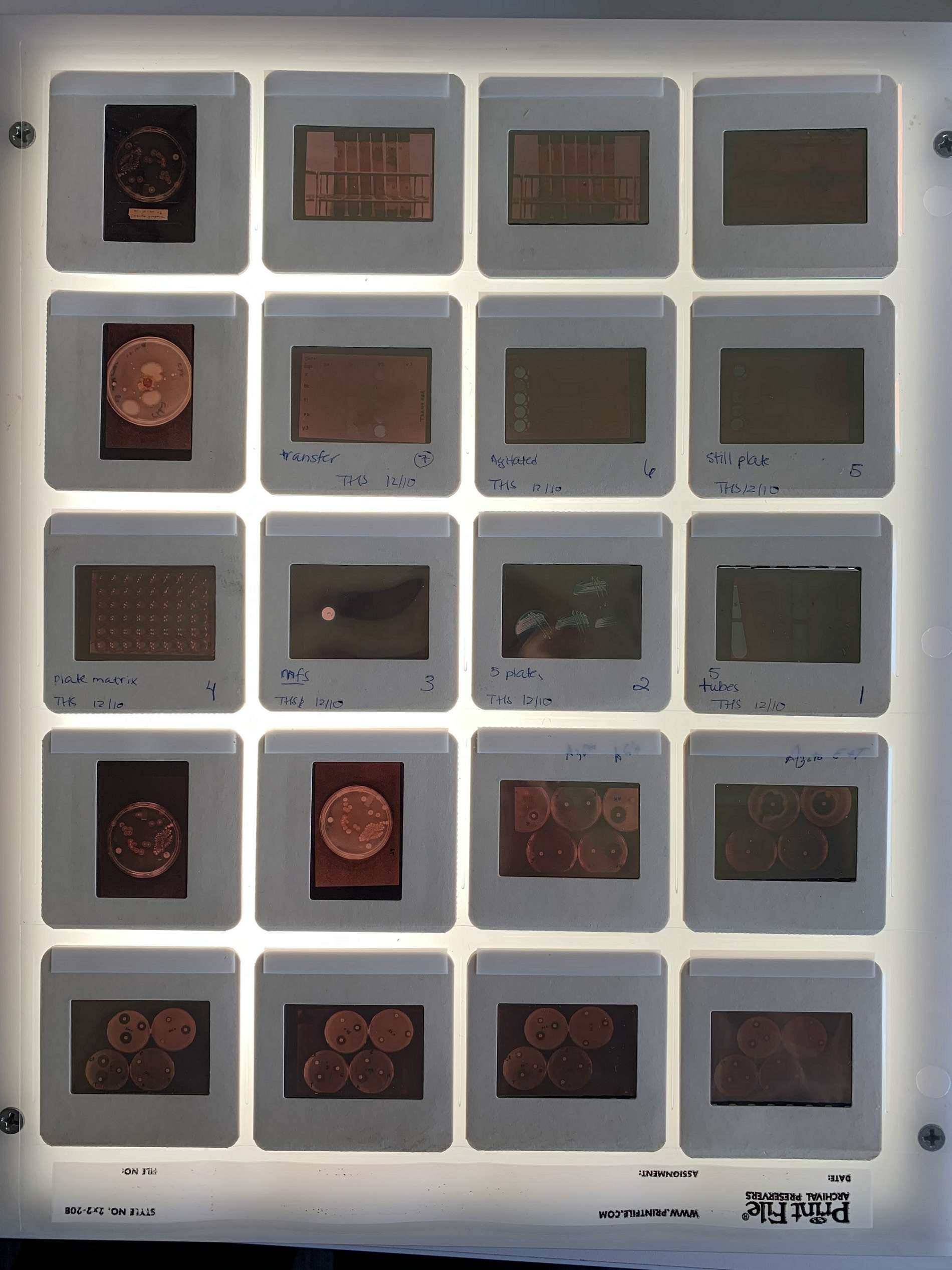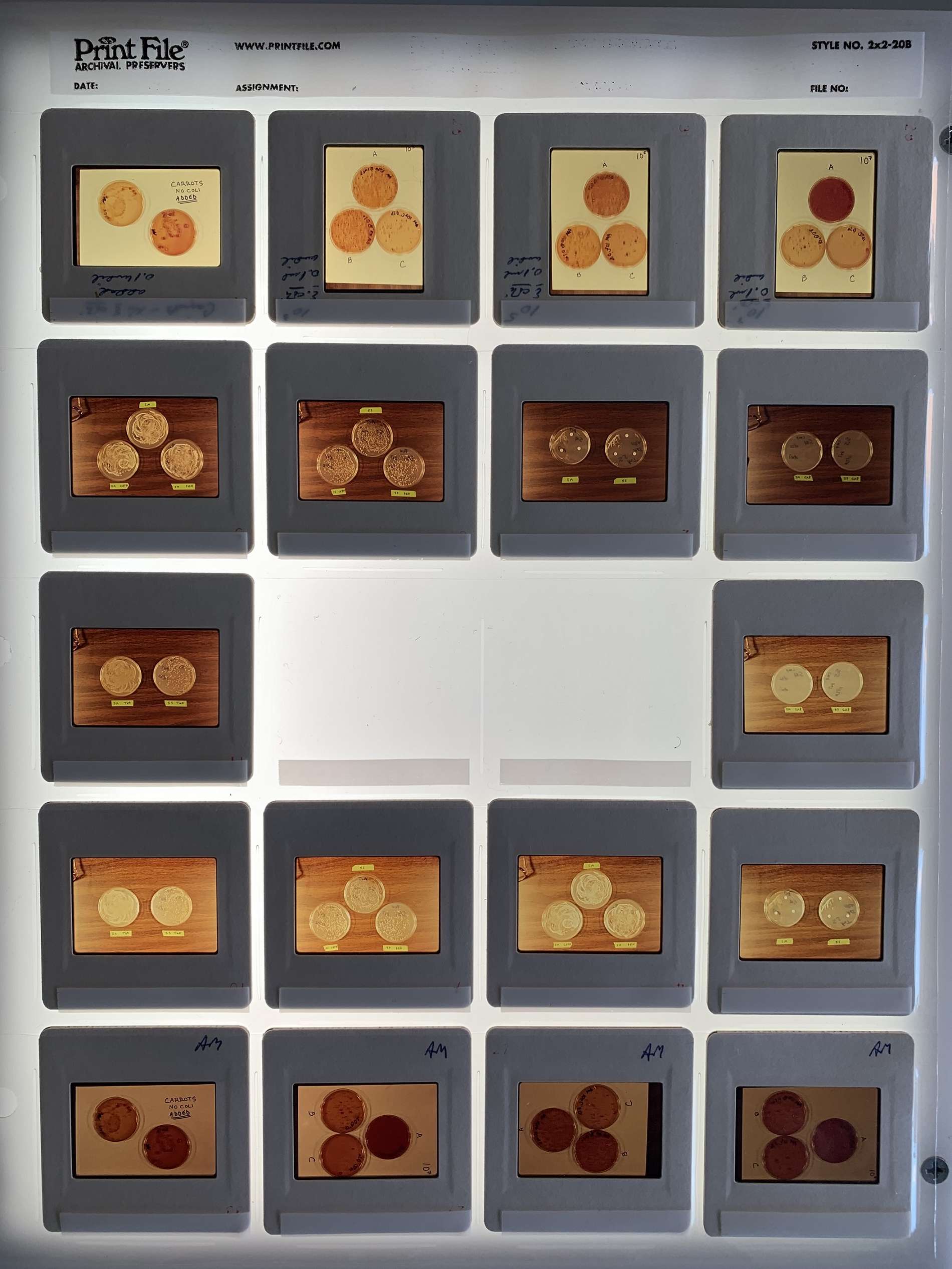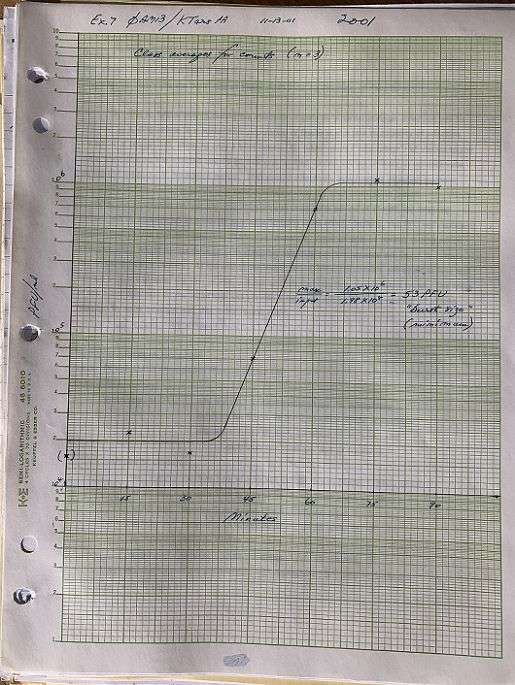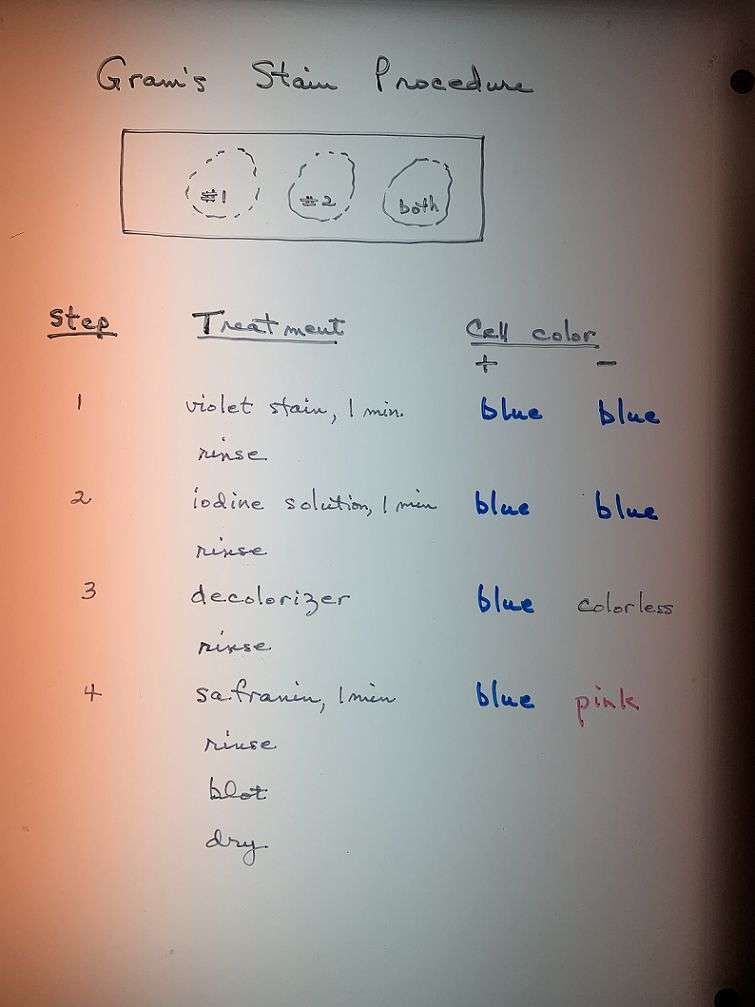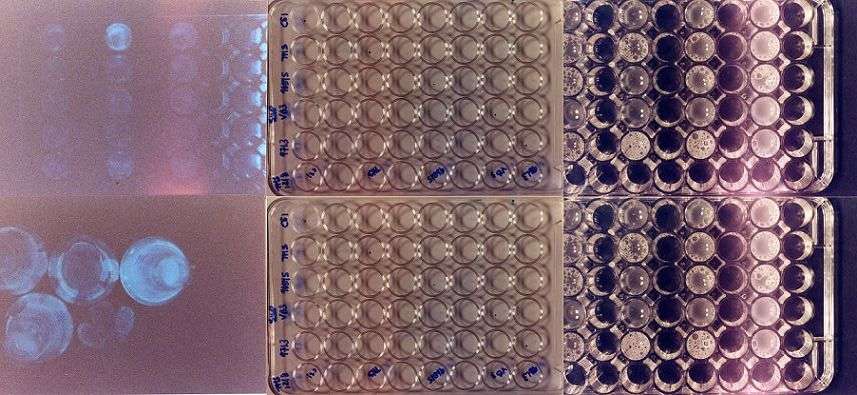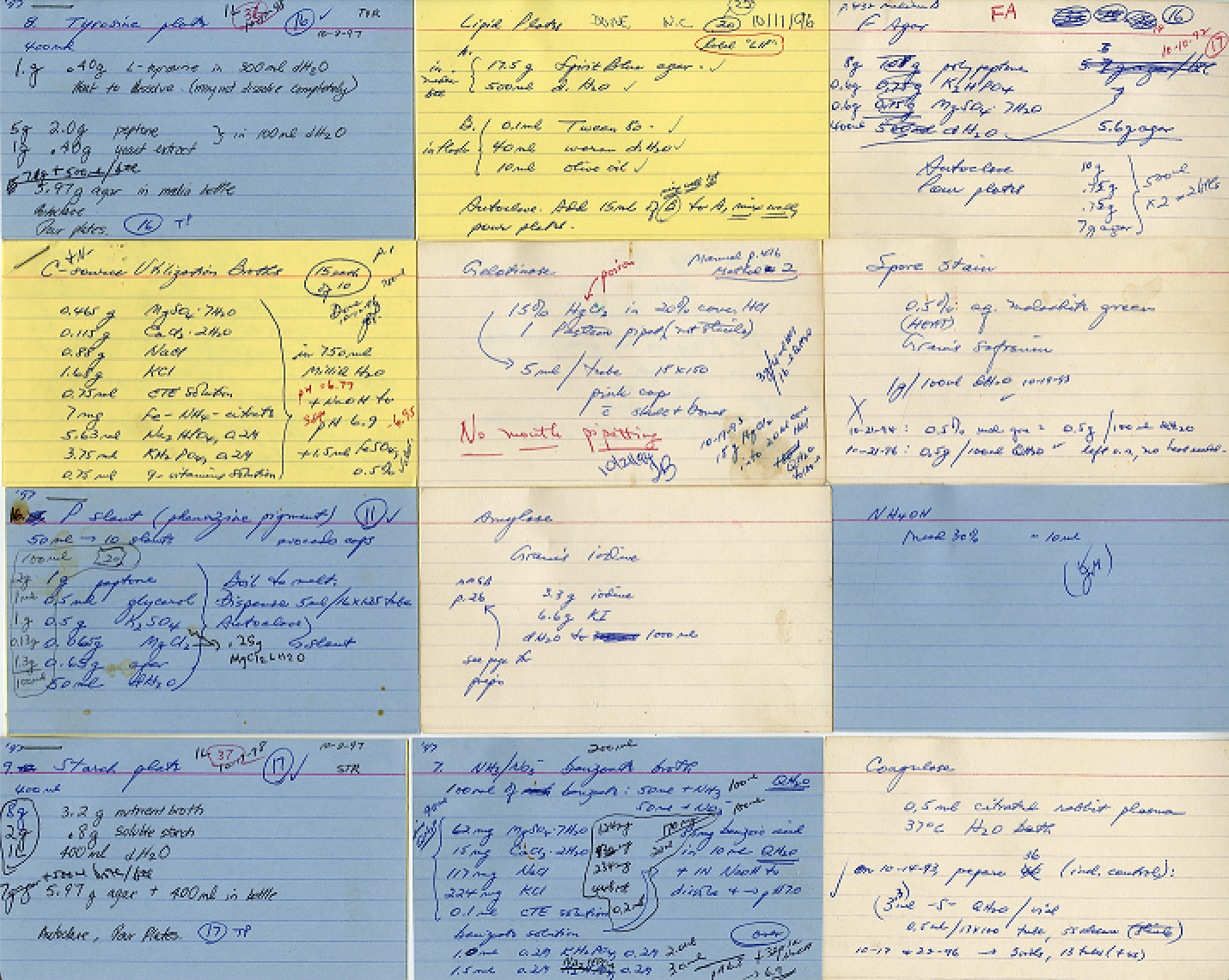Jeanne Stove Poindexter was a research scientist, Barnard professor, and mentor for numerous students. She was known widely in the scientific community for her research on the stalked bacterium Caulobacter crescentus, an important organism for studying the regulation of the cell cycle, asymmetric cell division, and cellular differentiation.
Over the course of her career, Poindexter taught and completed research at a variety of institutions, including 16 years as a professor of biological sciences at Barnard, from 1991 to 2007.
After Poindexter died, in July 2020, her family generously donated her papers to the Barnard Archives and Special Collections. Archives Processing and Pedagogy Fellow Sarah Barlow-Ochshorn ’20 took the lead in processing Poindexter’s papers, cataloging them in step with the Barnard Year of Science, a celebration of all things related to science, technology, engineering, and math (STEM) at the College.
Poindexter was a member of a variety of microbiology organizations, and in 2012, the New York State Senate gave her the honor of Woman of Distinction. In 2020, she had a bacterial virus named after her: the Poindextervirus. While at Barnard, she received the Emily Gregory Teaching Award and was recognized in 2014 by the Barnard Alumnae of Color organization as a supportive and influential professor for alumnae of color. She also garnered the American Society of Microbiology’s Carski Foundation Distinguished Teaching Award.
One of Poindexter’s daughters, Carla Poindexter White, facilitated the donation of her mother’s papers. Talia Swartz ’00, a former mentee and student of Poindexter’s, provided assistance by sharing her knowledge of Poindexter’s field of research and her own experiences as a student. The collection focuses on Poindexter’s professional research and teaching materials and provides insights into her approach to teaching and how research methods can evolve over time.
Below, Barlow-Ochshorn, informed by conversations and correspondence with Swartz, shares select files from Poindexter’s archives and explains their significance.
